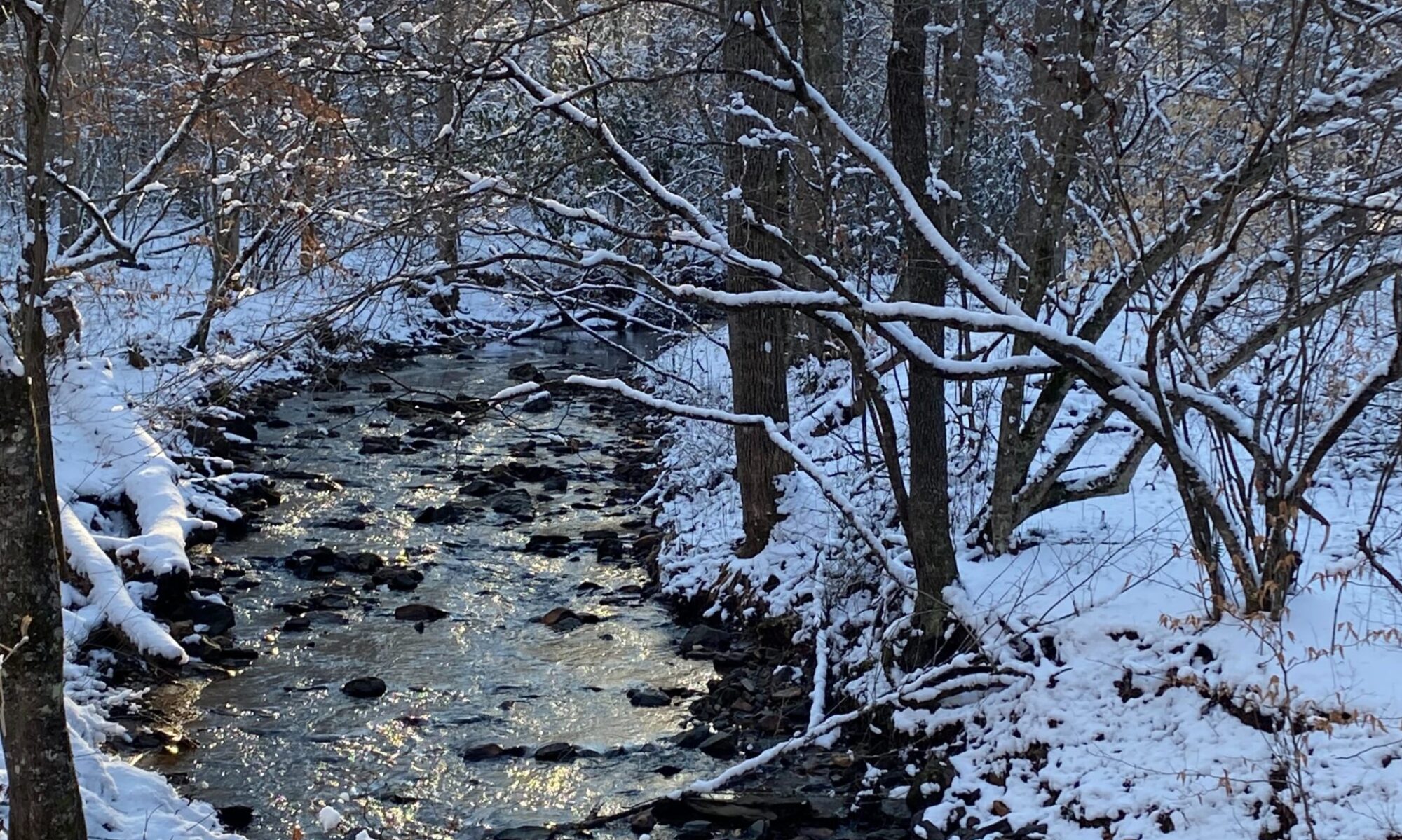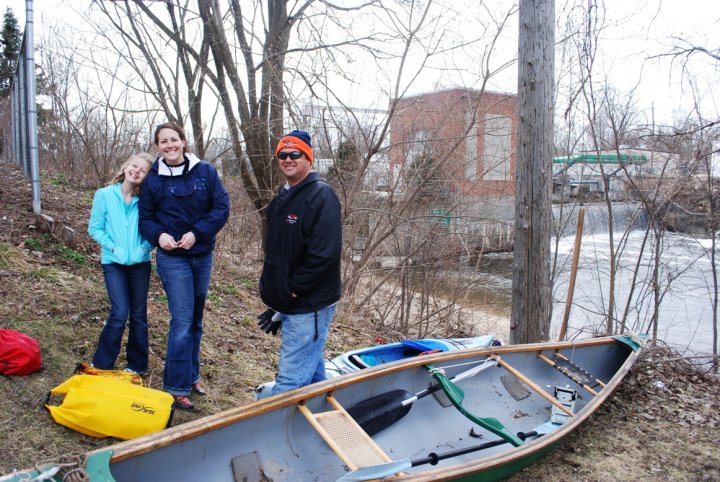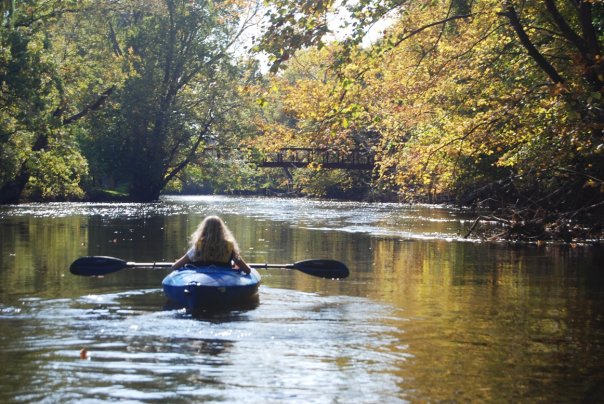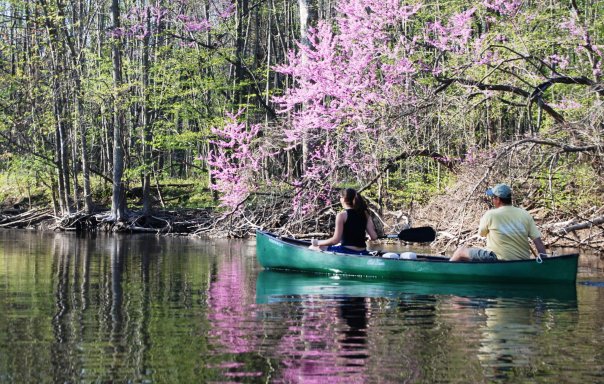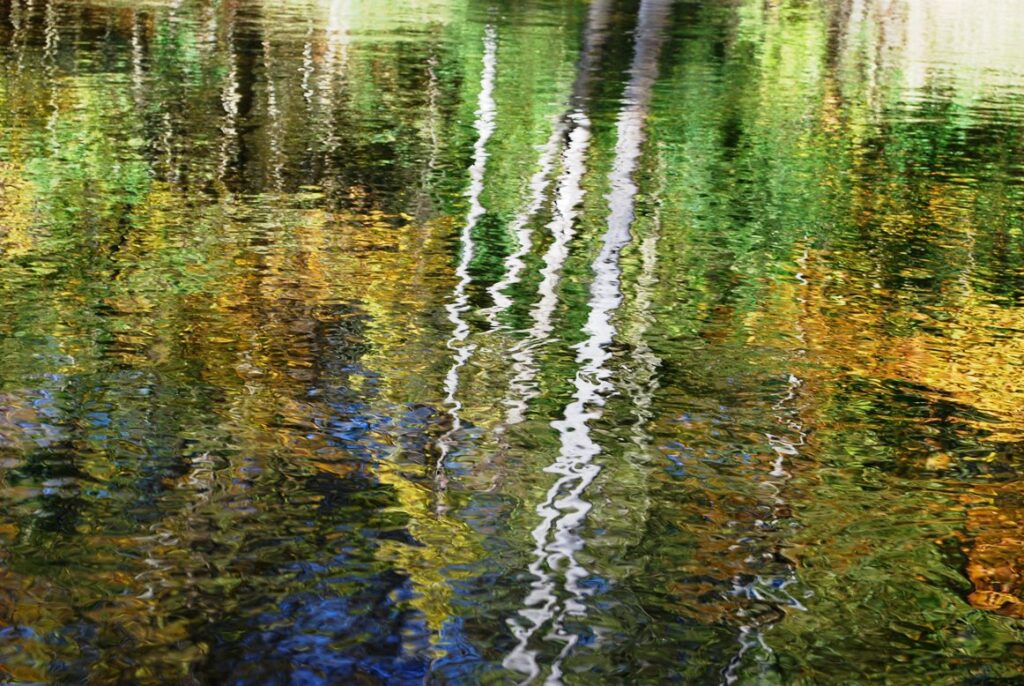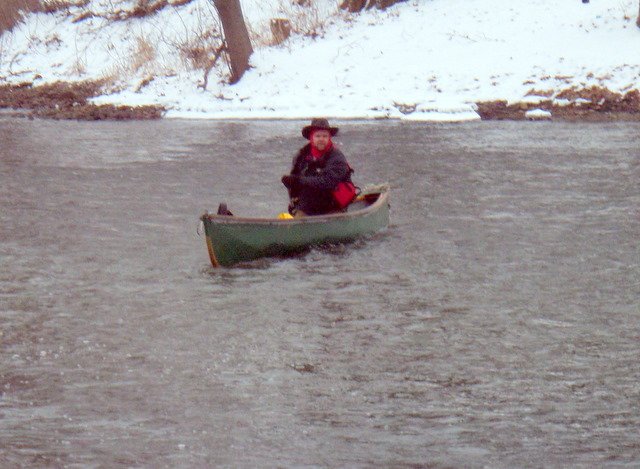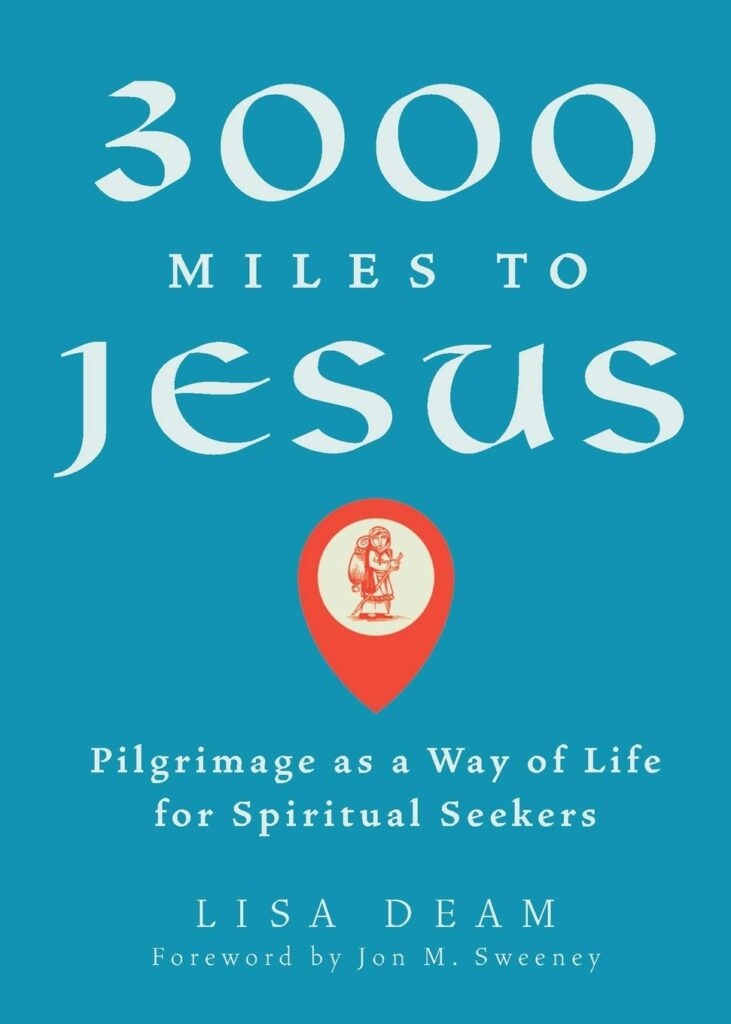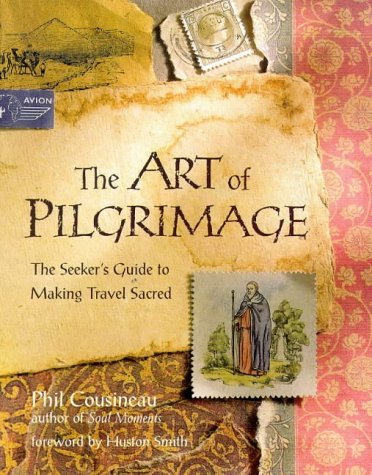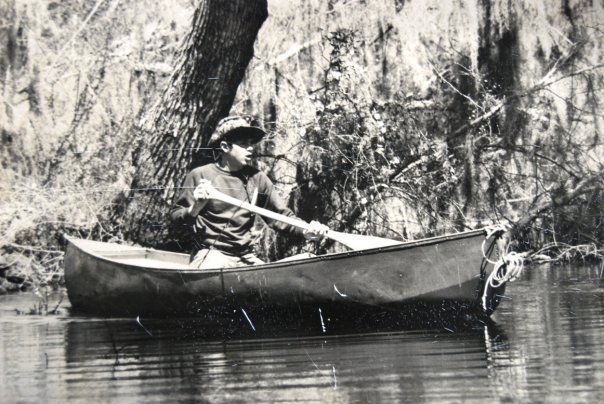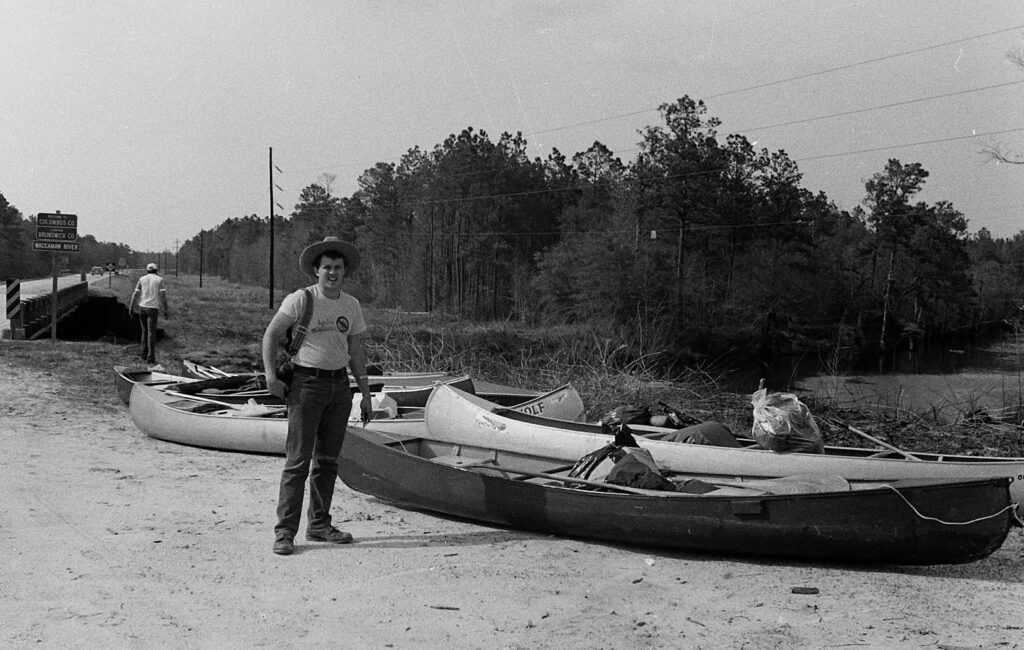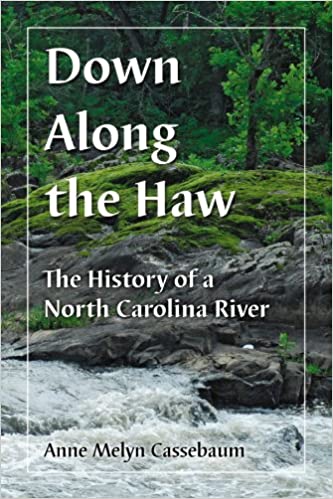Jeff Garrison
Bluemont and Mayberry Presbyterian Churches
March 28, 2021
Mark 11:1-11
Sermon recorded on Friday, March 26 at Mayberry Presbyterian Church
Thoughts at the Beginning of Worship
Palm Sunday! A triumphant day when we recall Jesus’ entry into Jerusalem. Jesus arrives at the royal city, greeted by a cheering crowd. From a strictly earthly viewpoint, this is the highwater point of Jesus’ ministry. Crowds storm after Jesus. However, as we know, things change quickly. Later in the week Jesus stands alone before the authorities.
Where do we see ourselves in the story today? Are we in the crowds cheering him on? If so, where will we be later in the week? Or perhaps we’re one the disciples, sent on the mundane task of arranging transportation. Although not a glamorous task, it’s one that receives a lot of attention in our story. If we see ourselves as a disciple, do we do our jobs with joy? Ponder these thoughts today.
Read Mark 11:1-11
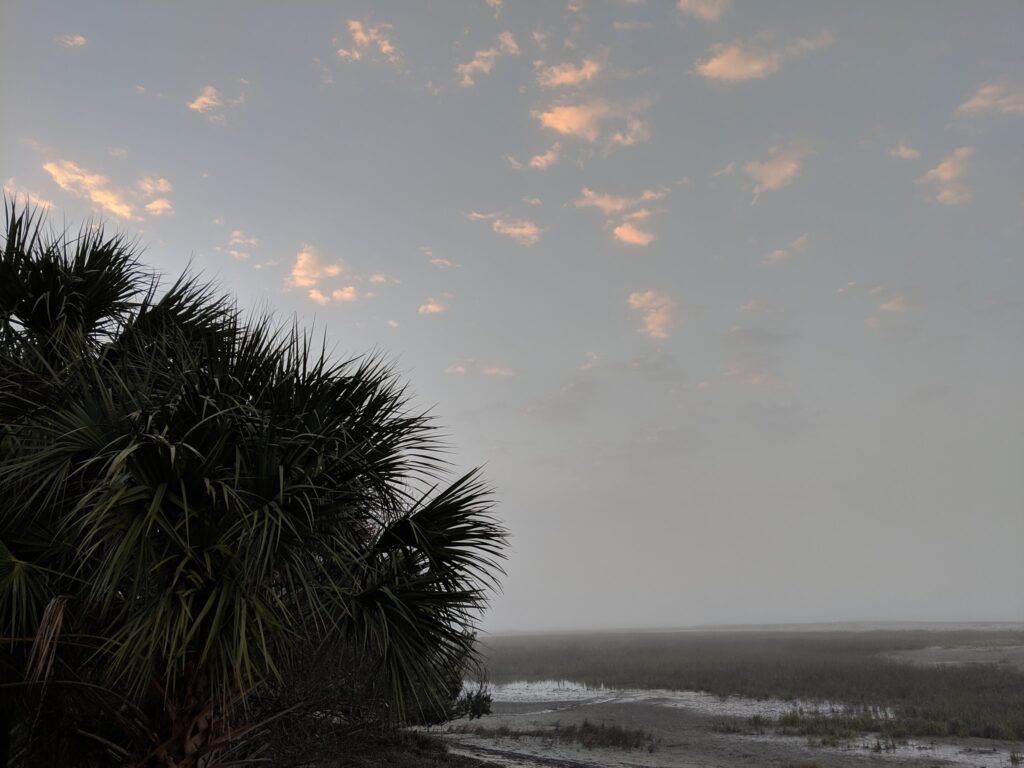
Palm tree at daybreak on Little Tybee Island, Georgia
After the reading of Scripture
Everyone loves a parade. That’s a cliché. I’m not even sure it’s true. As one who enjoys driving the backroads, coming into a small town when a parade is ongoing throws your timetable out the window. Yet, we have to admit, there’s something intoxicating about crowds. It’s addictive to be a part of something larger than ourselves. For good or bad, most of us are lured by the masses.
Jerusalem in the First Century
It’s an exciting spring day in the imperial city of Jerusalem. Pilgrims pour in. They want to celebrate. This creates a wonderful setting for a parade.
Jesus and his gang have left Galilee and traveled to Jerusalem for Passover. I image the disciples are both excited and nervous. They hope this will be when Jesus reveals himself as the Messiah. When Jesus takes his seat on David’s throne, they want one of the cushy seats. Along the way to Jerusalem, they’ve argued over who gets the best seats.[1]
Other Parades in Jerusalem
But the disciples are also afraid of the dangers. Pilgrims have gathered from all around. Because things are so tense, Pilate, the Roman governor, leaves his home in Caesarea and sets up office in Jerusalem during the holidays.[2] He wants to be there, just in case there’s trouble. And he brings along extra Roman soldiers, again just in case. The Roman conquerors want to keep control.
Procuring the Colt
When only a few miles from town, Jesus sends two of his disciples into the next village in order to procure a colt for his entry. We’re not told which two disciples were sent, but this probably wasn’t the best assignment. The disciples, who have these grand ideas of what they’ll be doing, find themselves working the transportation pool.[3]
Interestingly, Jesus provides precise instruction as to where to find the colt. They’re even told what to say if challenged. Jesus doesn’t want to take any chances. He’s covering all the bases.
The disciples find the animal. Everything goes as Jesus had predicted. Some bystanders question their taking the colt but seem satisfied with the answer that the Lord needs it. We can picture them returning to Jesus, leading the animal by its reins.
Riding an Unbroken Colt
Brave Jesus, he’s one tough hombre, jumping up on an unbroken beast. Some scholars think this piece of information is a subtle hint to Jesus’ royalty, as no one was allowed to ride the king’s horse.[4] However, I think it shows Jesus’ bravery.
Palm Branches
The disciples, without being asked, place their cloaks on the animal as a saddle. Other followers start placing their cloaks on the ground as the procession begins. The crowd grows. Someone runs off to cut branches—Mark doesn’t say Palm Branches, just branches cut from the field.[5]They begin to wave them along the road. The road fills as people crowd in waving branches.
Psalm 118
And they begin to chant Hosanna, which means “Save us.” And someone starts singing the 118th Psalm as they join in:
Blessed is the one who comes in the name of the Lord.
Blessed is the coming kingdom of our ancestor David!
Hosanna in the highest heaven!
As I’ve said, the crowd is filled with pilgrims. They’ve come to Jerusalem to celebrate the Passover. It’s the highlight of their life. It’d be like us getting a chance to celebrate New Years on Times’ Square or Mardi Gras in New Orleans.
The Hope of Recalling God’s Acts of the Past
As they come to Jerusalem, they recall God’s great acts of salvation in the past, of how God freed the Hebrew people from Egyptian slavery and saved them from Pharaoh’s army. It’s always hopeful to reminisce about God’s past activity, for it suggests the possibility that God will act again. Who knows?
The 118th Psalm proclaims victory. Perhaps God will act again. Perhaps God will grant victory and Israel will be restored to her former glory. So, they gather with hope. Will this be the year?
Many hope this Jesus they’re heard about is the one God will use to shake off the Romans shackles. Jesus, however, doesn’t fulfill their expectations.
Mark’s Differences in Telling the Story
Mark has the sequence of events a little different than the other gospels. Mark says that after Jesus arrived, he heads to the temple, looks around and leaves. There are no big scenes or even a public pronouncement.[6]
Since it’s already late in the day, Jesus travels out into the suburbs, to Bethany, where perhaps the room rates are cheaper. There he spends the night with his disciples and followers. And most who had cheered him on have probably already forgotten their excitement. Since this party petered out, they search for another.
A Mini Message within the Story
There’s something important being said here. Jesus looks around then retires for the day. The next day Jesus will return and clean house. This is when Mark tells us Jesus throws out the money changers and such. But Jesus doesn’t do that right away. He first looks around and then sleeps on it. This is a lesson for us, here.
I’ve heard many people try to justify their anger with Jesus’ example of cleansing the temple. In Mark, Jesus doesn’t fly right into a triad. He first sleeps on it. Don’t be too rash; think about what you’re going to do. Again, good advice.
Of course, the next day, Jesus comes back. He’s kind of grumpy because he curses a barren fig tree and then boots the money changers out of the temple. And his public popularity begins to slide. By the end of the week, his royal welcome is forgotten. A royal execution takes place.
What Would Our Response Be?
We’re left to wonder what our response would have been if we were there? Would we have been in the crowds shouting “Hosanna?” And if so, would we’ve also been in the crowds shouting “Crucify?”
What is it about our nature which allows us to get excited when things appear to go our way and then to back away when things seem to move in a direction with which we disagree? We forget. God’s ways are not ours.
The crowds on Palm Sunday cheer Jesus, hoping he’ll throw Herod off the throne and become king. On Friday, after it was clear Jesus was not leading a zealous political overthrow, the same crowds cheer on the authorities, encouraging the Romans to crucify Jesus…
Faith Verses Religion
And aren’t we the same way? Don’t we still seek a religion which supports our beliefs and ideologies? By the way, I call this “religion” because I do not believe it has anything to do with a faith… Faith implies that we believe, but that we don’t have empirical proof. Faith involves trust, a willingness to admit that we, as individuals and as societies, have a sinful nature and our opinions may be wrong.
As I heard this week, “If your god never disagrees with you, you might just be worshiping an idealized version of yourself.”[7]
Being Open to What God is Doing
Only when we are willing to be so open, can we truly be “born again.” We have to be open to God to be transformed. For you see, real transformation takes place at the cross, not in the hype of the parade. A religion which only stresses “feel good emotions,” is a Palm Sunday religion. It does not take seriously our human condition. A religion based on “feeling good,” will always mislead us.
Palm Sunday and Politics
Palm Sunday is about politics. It’s about Jesus making a mockery of those other political entrances into Jerusalem. As Jesus was coming into Jerusalem, there were two other significant political figures either already in the city or soon to be there: Pilate, the Roman governor, and Herod, a Roman puppet king. You can bet there was a parade for them, too. Tyrants like to make a show of force. We can image fancy horses and soldiers with shiny brass and spears that sparkle in the sunlight. For such parades, all the symbols of the empire’s powers on display.
Jesus, however, displays the power of mysterious kingdom, not of this world. Yes, Palm Sunday is about politics as it reminds us of where we’re to place our allegiance. We’re not to be lured by the fancy horses and war chariots of the kings and politicians. Nor are we to be lured by mass of the crowds. Instead, we follow the humble man on a colt.
Our Challenge
We’re called to reflect the values of this man who rode into Jerusalem on a colt some 2000 years ago. And his values constantly challenge us as to who we are and to whom we belong. Do we conform to how others want us to be, or do we strive to conform ourselves to the example of our Savior Jesus Christ? Are we intoxicated by the crowds, or by a desire to stand by the one who is the way and the truth and the life?
We hear the crowds… We’re drawn toward Jesus… Will we just hang around for the fun of the parade? Or will we to continue to follow him as his journey moves toward the cross upon which we’ll be called to sacrifice our wills and desires for his? Amen
[1] Mark 10: 35-41.
[2] Caesarea was the home for the governor. See Acts 23:23, 33 and 24:1.
[3] This idea about the “donkey detail” came from a sermon on this text by William Willimon. See https://www.youtube.com/watch?v=_CG51eZJoYk
[4] Morna D. Hooker, The Gospel According to Mark: Black’s New Testament Commentaries (Hendrickson’s Publishing, 1991), 258.
[5] We learn of the Palm Branches from John 12:13.
[6] In Matthew 21 and Luke 19, Jesus immediately begins to cleanse the temple following his entry into Jerusalem. John places the temple cleansings at an earlier visit to Jerusalem. See John 2:13ff.
[7] Tim Keller (@timkellernyc) posted on Twitter on March 27, 2021.
